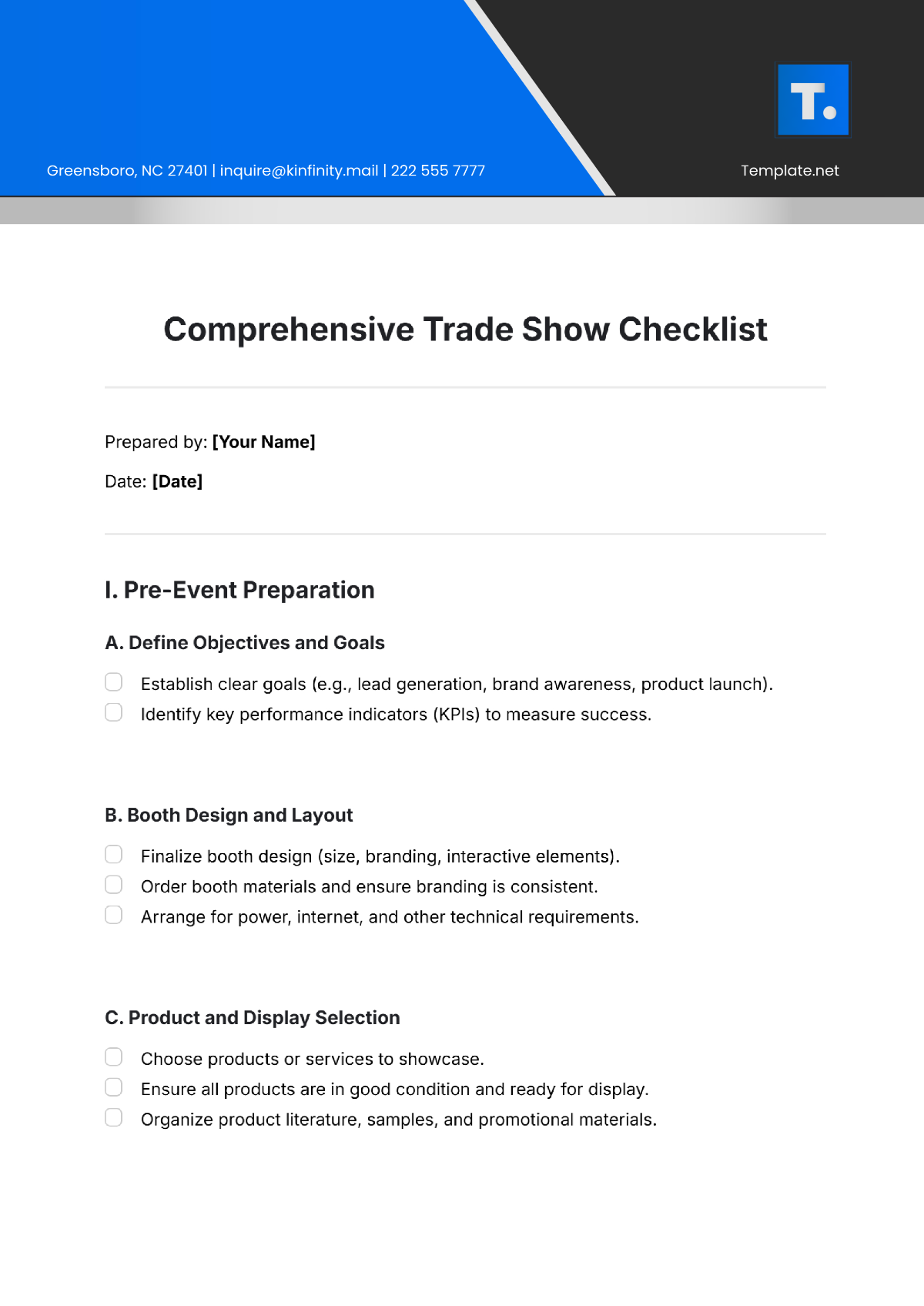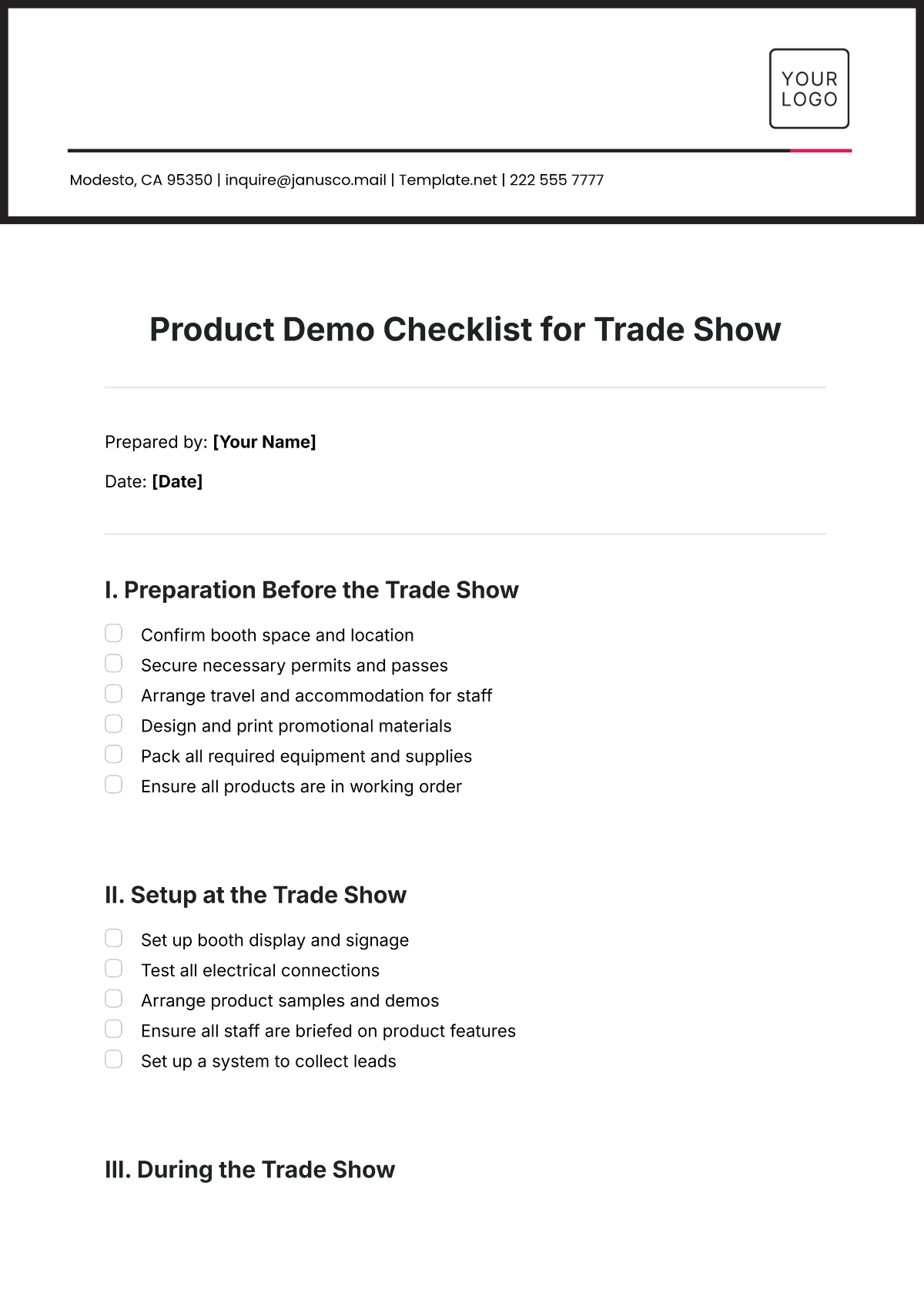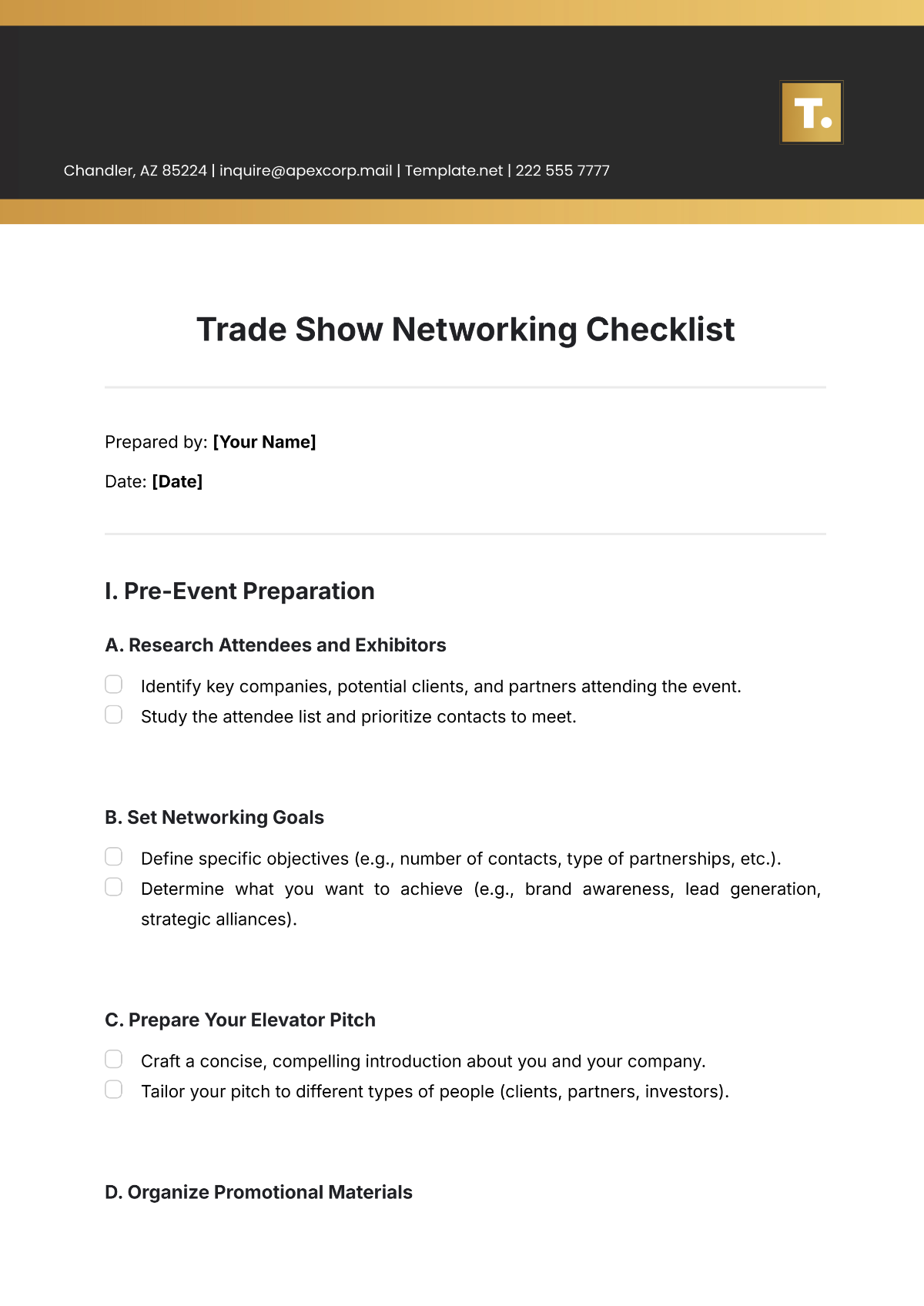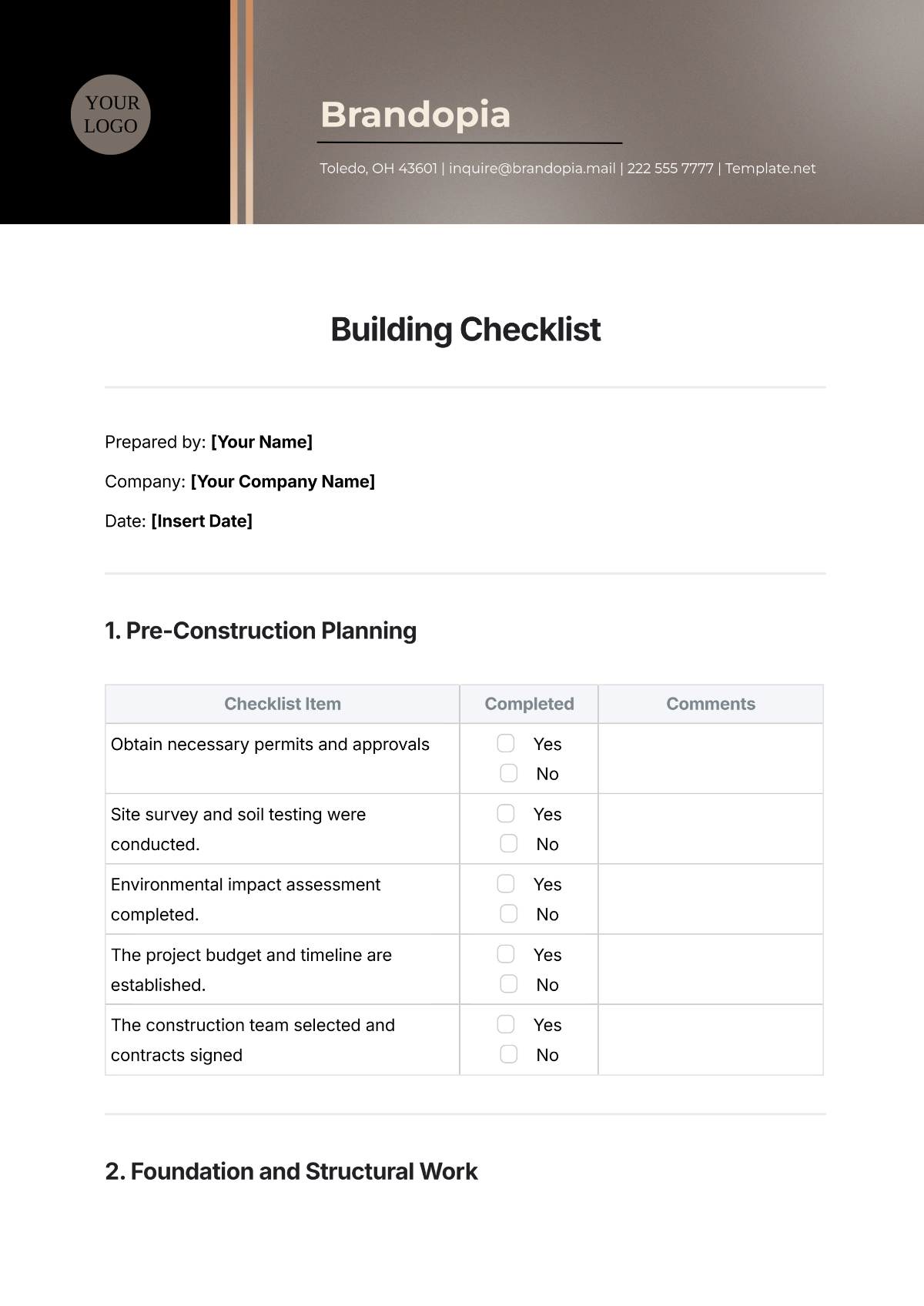Assessment Validation Checklist
Prepared by: [YOUR NAME], [YOUR COMPANY NAME]
Alignment and Structure of the Assessment
Task |
|---|
|
Equity and Accessibility in the Assessment
Task |
|---|
|
Assessment Validity and Reliability
Task |
|---|
|
Fairness and Clarity in Scoring
Task |
|---|
|
Continuous Improvement and Professional Development
Task |
|---|
|

















































